Planet Earth is about 4.55 billion years old. A sense for this achingly long time grew only slowly throughout the nineteenth century as geological and biological inquiry unravelled the pattern and processes of the planet’s natural environment. The 4.55 billion figure derives from the decay of radioactive forms of elements in rocks.
The oldest rocks left to us are 3.8 billion years old from Greenland with other remnants between 3.6 billion and 3.36 billion years in South Africa and Australia. In 1977, a palaeontologist took samples from a South African remnant that was 3.4 billion years old. The hard, flint-like rock was called a chertz, formed by mineral-laden volcanic water poured over thick mud.
Good to know
- Flint means (a piece of) shiny grey or black stone that is like glass (Cambridge English Dictionary) or, a hard type of rock that produces a small piece of burning material (called a spark) when it is hit by steel (Merriam-Webster)
Microscopic examination of very thin sections of the chertz showed minute round, occasionally dumbbell-shaped structures. From their size, shape and apparent division, they were strange like modern-day bacteria to look at. This discovery prompted searches of other ancient rocks, most famously Fig Tree formations (South Africa, 3.36 billion), Gunflint (Ontario, Canada, 2.5 billion) and Bitter Springs (Australia, 1.1 billion). All contained microfossils of single celled life, with increasing diversity in younger rocks. The Gunflint samples yielded spheres, rods, filaments, stalked blobs and tentacled forms.

The very oldest rocks known do not harbour microfossils. However, the ratio of carbon isotopes, C12 and C13, in the rocks is unusual, with C12 higher than expected if abiotic (non-living) inorganic chemistry processes were solely responsible. Elevated C12 may be another sign of life due to preferential use of this isotope by photosynthetic organisms.
| Era | Period titles | Million years (106) ago | |
| Cenozoic | Quarternary | Holocene | Present-2 |
| Pleistocene | |||
| Tertiary (T) | Pliocene | 2-66 | |
| Miocene | |||
| Oligocene | |||
| Eocene | |||
| Paleocene | |||
| Mesozoic | Cretaceous | K | 66-144 |
| Jurassic | J | 144-208 | |
| Triassic | Tr | 208-245 | |
| Paleozoic | Permian | P | 245-286 |
| Carboniferous | C | 286-360 | |
| Devonian | D | 360-408 | |
| Silurian | S | 408-438 | |
| Ordovician | O | 438-505 | |
| Cambrian | C | 505-570 | |
| Precambrian (pC) | Proterozoic | 570-2500 | |
| Archaean | 2500-4500 | ||
Earth: A Conducive Medium to Support Life
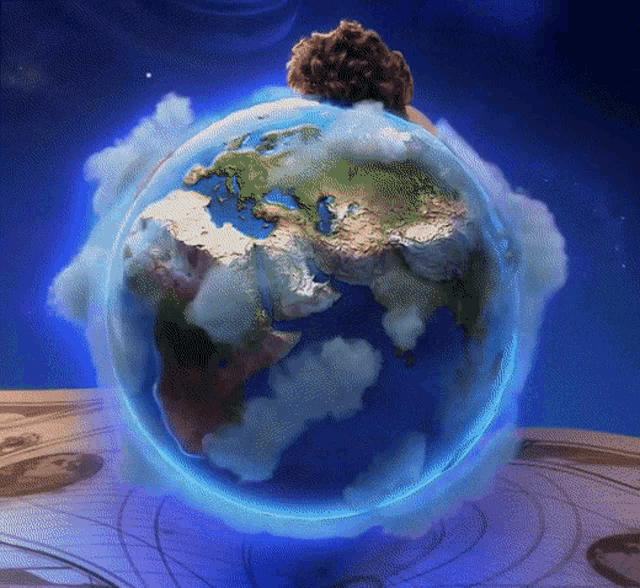
The overriding message of the rocks found is that life goes back through deep time as far as we can delve. From perhaps 3.8 billion years ago Earth has supported life. This early origin and continued survival in one form or another suggest that Earth is very conducive to life.
- The planet is near enough to an external energy source, the Sun, to prevent freezing, but not too close that elements evaporate and the surface is destroyed.
- Earth is not so small that the atmosphere is stripped away, not so large that the atmosphere is dense and muffling.
- The conditions allow carbon-based chemistry to flourish. Carbon is abundant and reactive, without being dangerous, and the basis for the most complex and varied chemistry.
- Condensed water is plentiful. Water is the best solute for most chemistry and is liquid across a range of temperatures, fast enough to allow chemical reactions but not so fast that systems collapse. In addition water’s surface tension and heat exchange properties have been exploited by life.
The Age of Bacteria
The early origin of life and continued survival despite terrible natural disasters is profoundly reassuring. Life is robust and resilient. Although humans have wrecked havoc with some habitats, nothing we have done has threatened the overall survival of life.
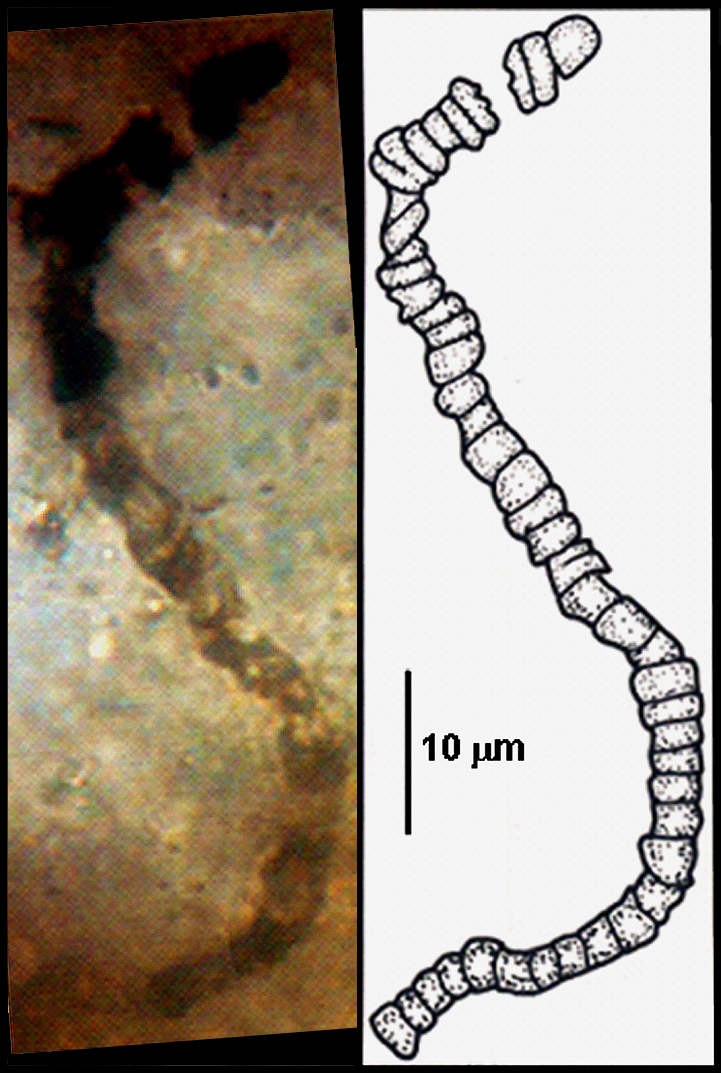
Other lessons are more challenging. For 3.1 billion years, 80 per cent of the history of life, biodiversity was dominated by bacteria, cyanobacteria and other life forms now dismissed as microbes. Judged by their monopoly of deep time, the biodiversity of Earth is the story of the bacteria.
From ancient origins to 670 million years ago, biodiversity was dominated by bacteria & their kin, a Kingdom of life called Prokaryotes. Prokaryotic evolution is the foundation for the genetic, metabolic and ecological diversity of today. Their role in earth’ s history shows the power of living things to alter the environment at a planetary scale.
The precise environmental chemistry of the Archean environment though disputed: but general characteristics were an atmosphere of N, H, CO2, water vapour & traces of other gases with the exception of O2. The lack of O2 in ancient seas created reduced environment, determined forms of chemical ions present.
This Archaic environment provided bases in which Prokaryotes developed a diversity of metabolic systems for 3 purposes-
- Releasing energy;
- Building Carbon reserves;
- Tolerating extreme environments.
The Archean spawned microbes able to survive in a range of frighteningly severe habitats, viciously alkaline soda lakes, thermal vents discharging water hotter than 100°C and desiccating salt pans. Many of these especially tolerant bacteria belong to a group called the Archeabacteria, which are separated from the other bacteria, called the Eubacteria, the two domains combining to form the prokaryotes.
All other life belongs to a 3rd domain Eukaryota
Eukaryotes are distinguished by the biochemistry of structures inside their cells called ribosome, sites where genetic code is read & used to build protein. This three-domain divide, Archeabacteria, Eubacteria and Eukarya, is the fundamental division of biodiversity on Earth.
The diversity of bacterial metabolism reflects the lack of gaseous oxygen in the Archean atmosphere. Free oxygen is toxic to many bacteria, their metabolic chemistry being disrupted by this highly reactive chemical.
Atmospheric oxygen
Free oxygen’s origins are from life, an example of biodiversity changing global environments and the first and most severe biodiversity crisis to afflict Earth. Oxygen is the waste product from photosynthesis splitting water to obtain hydrogen ions. Cyanobacteria, a group of photoautotrophic prokaryotes are credited with this atmospheric revolution.
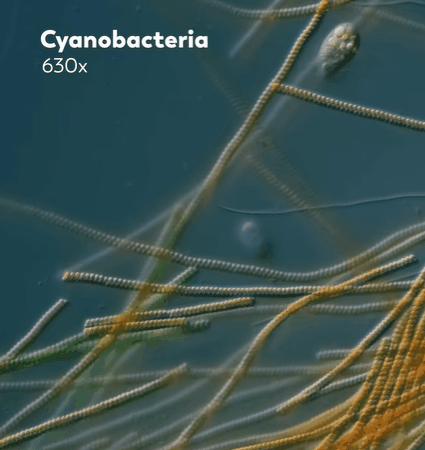
Fossil evidence for Cyanobacteria, as supported as the oldest algae with definite fossil remains, goes back to 2.6 billion years (or, 2-2.8 billion years, as supported via stromatoliths). At that time, atmosphere contained little or no oxygen, rather methane, ammonia & other reduced compounds were prevalent in high proportion.
From then until about 1.8 billion years ago, oxygen production was increased abruptly, reacting with abundant ions such as calcium and iron in the sea. This is supported by formation of some 2.0 billion years old thick Iron Band deposits particularly rich in containing cyanobacteria fossils. As iron and other chemical sinks for the oxygen were used up, atmospheric oxygen increased. The replacement of a carbon dioxide–methane rich greenhouse atmosphere with oxygen may have sparked the first known Ice Age.
For many prokaryotes, oxygen was a deadly poison. Global ecosystems were destroyed. Remnant communities were banished to habitats beyond oxygen’s reach such as waterlogged mud and the deep sea. For others this was an opportunity. Respiration using oxygen to release energy (aerobic) is more efficient than anaerobic. Prokaryotes able to use oxygen thrived. In the wake of the oxygen holocaust the third domain, Eukarya, appeared, the result of an extraordinary biodiversity link up.
How Eukaryotes Differ?
Eukaryotes differ from prokaryotes by possession of discrete, membrane bound structures inside their cells, called organelles. Different organelles specialise in different tasks. Two of the most distinctive are mitochondria, the site of aerobic respiration, and chloroplasts, the site for conversion of sunlight radiation to stored chemical energy.

Both chloroplasts and mitochondria have their own genetic information, separate from that of the rest of the cell. When the cell divides, the mitochondria and chloroplasts duplicate themselves simultaneously but separately. These two organelles are very like stripped down bacteria, retaining their specialist metabolic skills but harboured in the bigger cell.
Mitochondria and chloroplasts appear to be remnants of once independent bacteria, subsumed into a third bacterium, the main body cell. In addition the motile hair-like cilia outside many animal cells are uniquely similar to the structure of motile spirobacteria. There are still hints of this origin of eukaryotic cells, termed endosymbiosis, amongst modern creatures.
One of the most extraordinary arrangements is Mixotricha paradoxa, superficially a single celled animal found in the hind guts of termites Mastotermis darwinensis but actually a collection of at least five types of pro and eukaryote. In biodiversity terms eukaryote cells, yours and mine, are an intimate synergy of different bacteria, individual identities sunk into a co-operative venture, combining the diversity of metabolic systems. Every eukaryote is a bacterial homunculus.

One example of a present day endosymbiont is Paulinella reticulata, a thecate amoeba, inhabiting 2 sausage shaped cyanellae; 20-32 µm long, grow in submerged vegetation of lakes & ponds.
Related Articles
References
- Biodiversity & Conservation (2nd edition) by Michael J. Jeffries.
Useful Links
-
Oldest fossils ever found show life on Earth began before 3.5 billion years ago by University of Wisconsin-Madison.
- What on Earth is Mixotricha paradoxa doing? by Taxonomy Australia.
Co-author
- Syeda Nusrat Jahan Mili, Department of Botany, University of Dhaka.
 Plantlet The Blogging Platform of Department of Botany, University of Dhaka
Plantlet The Blogging Platform of Department of Botany, University of Dhaka


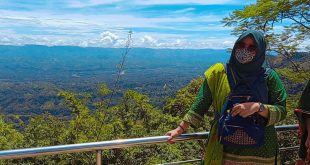
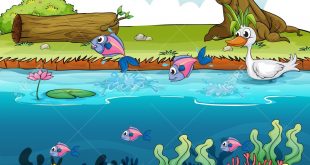
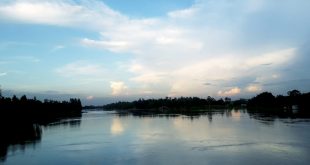

আরো ভালো করা লাগবে???
Check it out now.
I am suggesting some points here. Try to follow them. And if you don’t understand any point, inbox me. The font size isn’t correct. Copy the whole article and choose the font ‘Georgia’ and font size ’16’. Put all the images in the middle. Click on the image and you will get the option to do such. Some captions are too large. What you need to do here is: Copy the whole caption and instead of putting it in the caption box put it below the image like normal paragraph. Give a beautiful introduction. The main headings should be in… Read more »